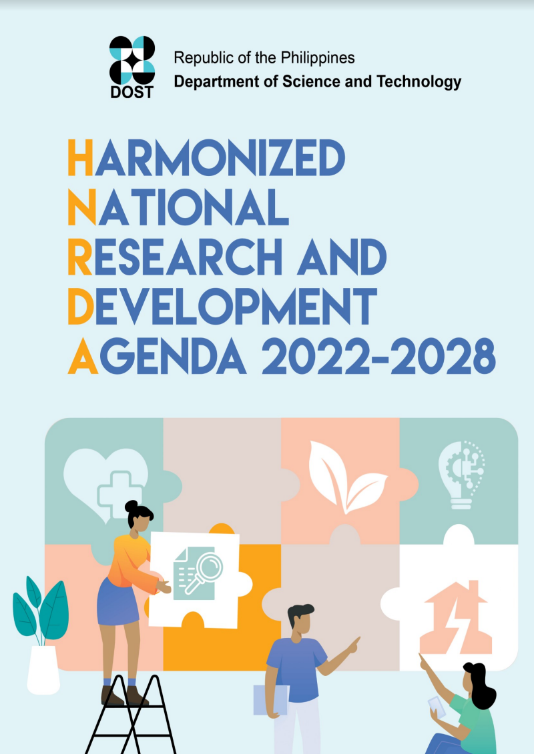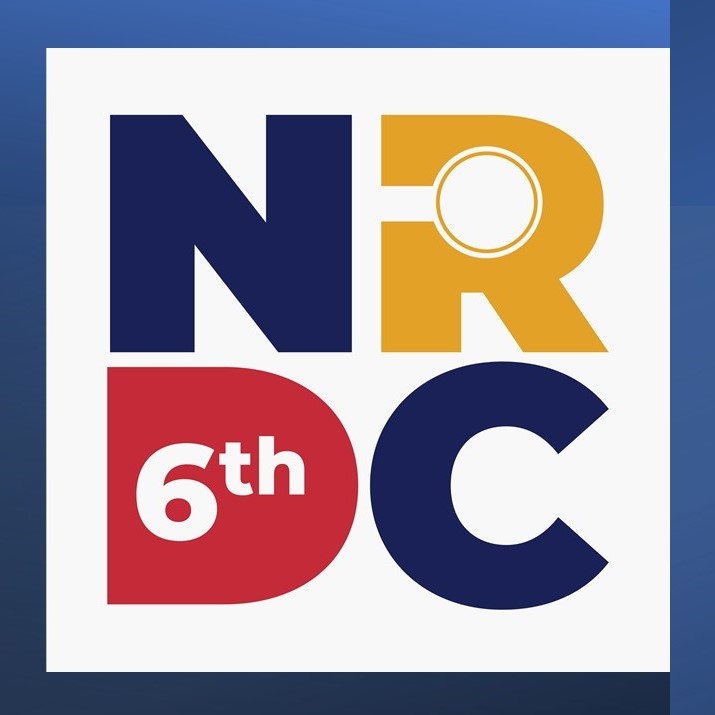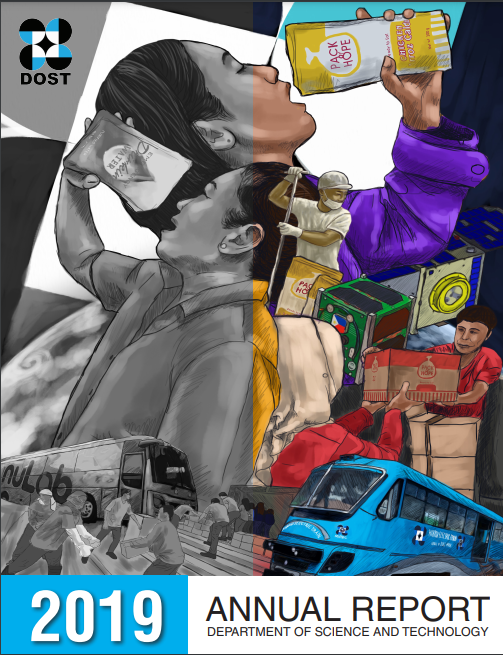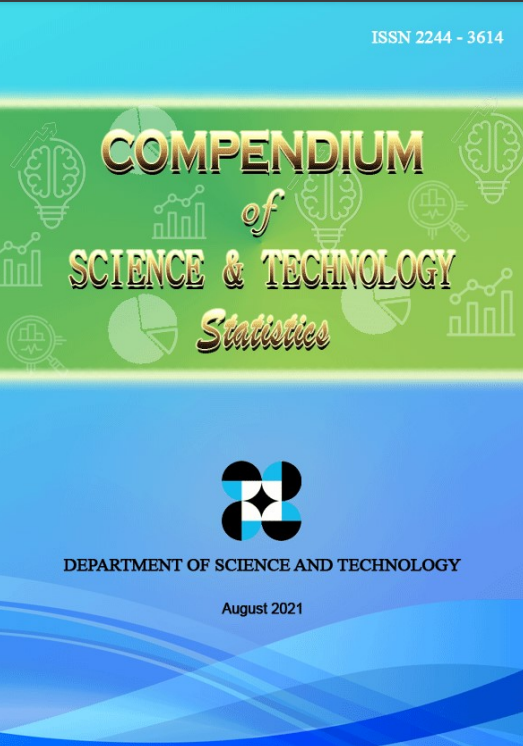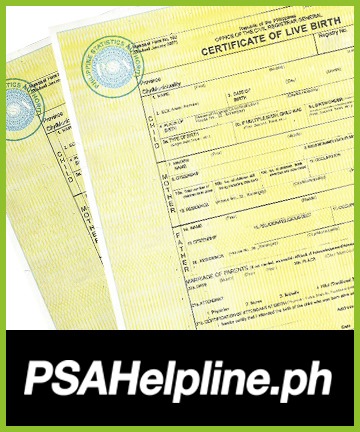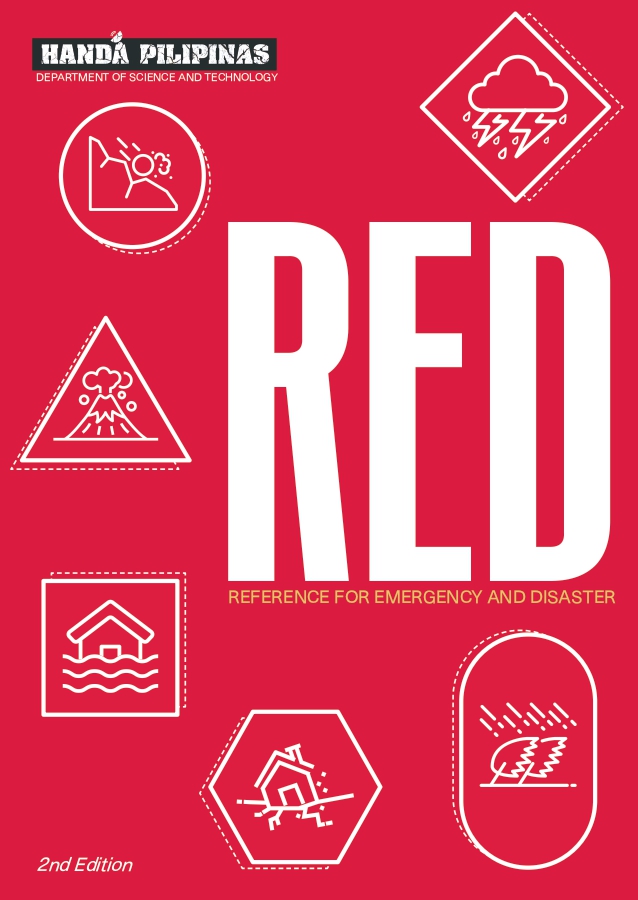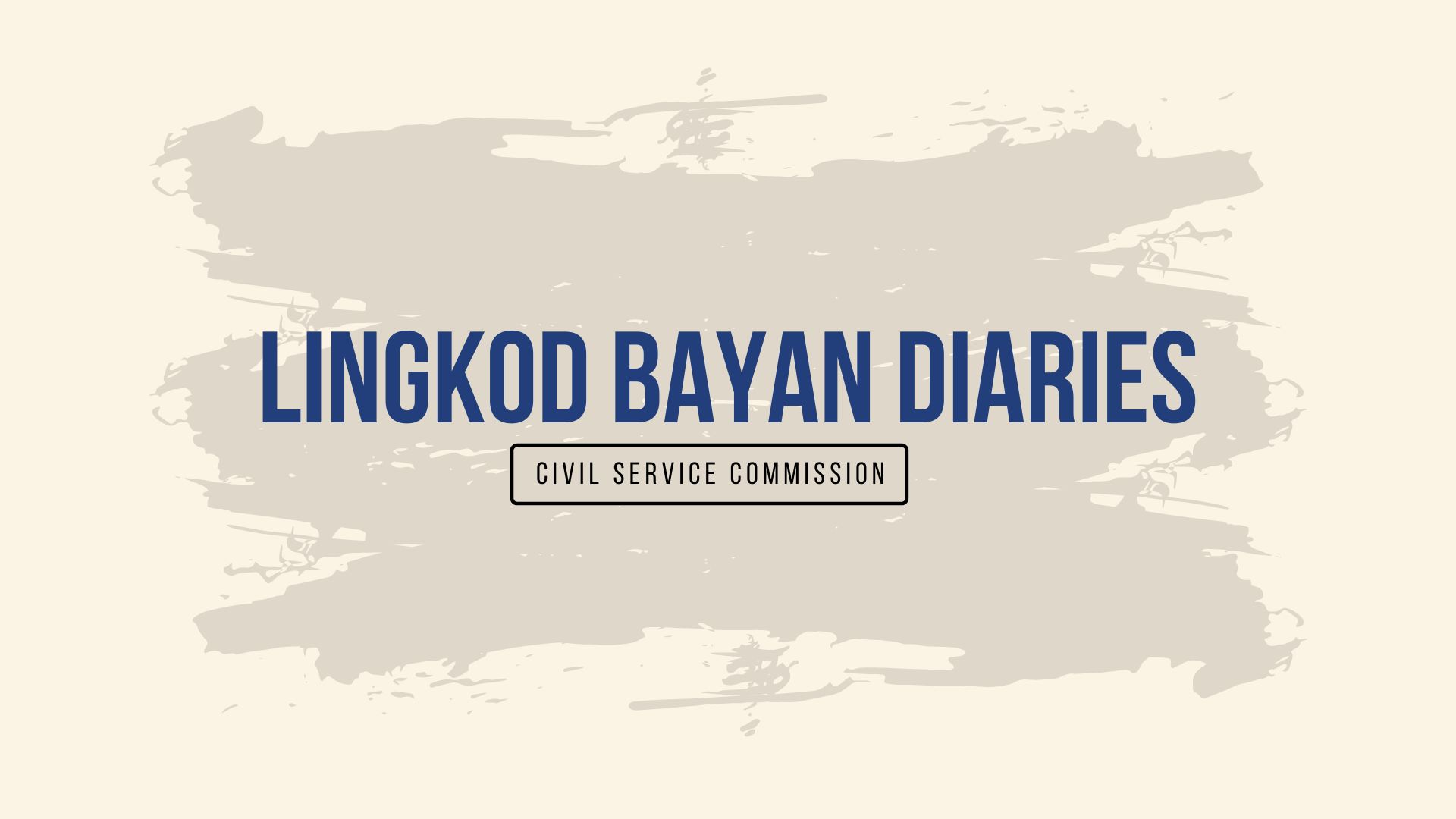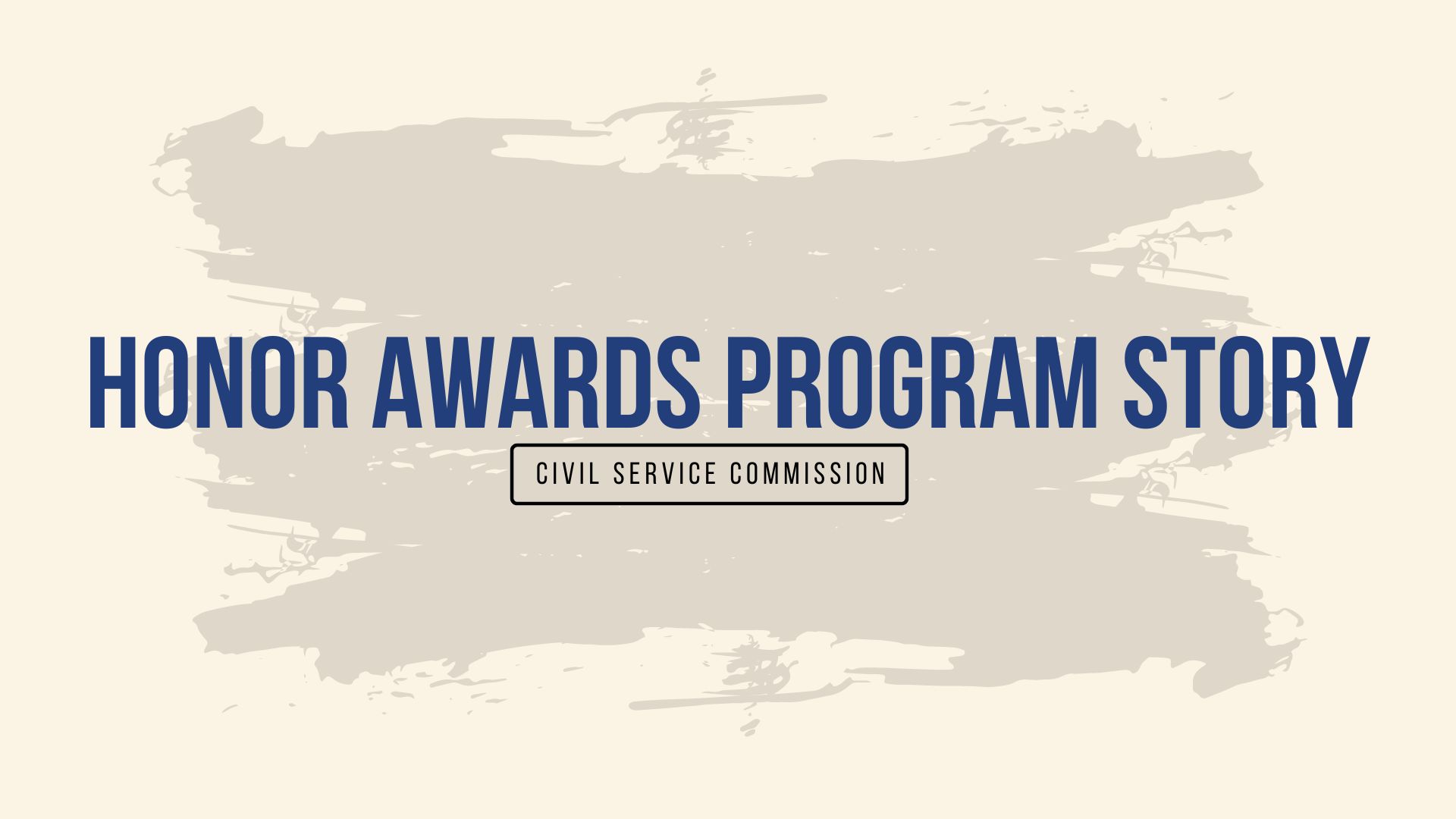DOST food expert dispels brown rice myths in ExpoScience 2013
- Details
- Hits: 5177
To set things clear about brown rice, Department of Science and Technology food science and technology expert Rosemarie Garcia debunked several myths during the Smarter Living Advocacy of the Expo Science 2013 held recently at the SMX Convention Center, Pasay City.
Garcia, from DOST’s Food and Nutrition Research Institute, revealed the following top misconceptions about brown rice:
Myth # 1. Brown rice is a variety of rice.
Garcia clarifies that brown rice is any variety of rice that undergoes milling process just once, removing only the outer husk but leaving its bran layer intact. In contrast, white rice undergoes second milling process which removes the bran layer. This means that even purple or black rice that has its bran layer intact can be considered as brown rice. The bran layer in brown rice contains vitamins and minerals which make it nutritionally superior than white rice.
Myth # 2. Brown rice can cause digestion problems
On the contrary, brown rice is rich in dietary fiber, Garcia said. Consumption of foods rich in dietary fiber can help prevent constipation.
Myth # 3. Brown rice can hamper the absorption minerals because it contains more phytates than white rice.
Phytates are anti-oxidant compounds that are found in whole grains and nuts. While there is some truth that phytates can slow down the absorption of certain minerals, Garcia says that the amount of phytates in brown rice is not significant enough to affect absorption of minerals, particularly zinc, in the body.
DOST- FNRI has been campaigning for wider acceptance of brown rice primarily because of its nutritive value. In addition, brown rice production requires less energy inputs for polishing yet it provides higher milling recovery which would mean more savings and profits for both farmers and millers.
In line with this goal, DOST-FNRI embarks on research and development on brown rice. Recent research initiatives include extending the shelf life of brown rice to up to six to nine months and developing recipes for brown rice. (Luisa Lumioan, S&T Media Service)

Rosemarie Garcia, senior science research specialist from the Food and Nutrition Research Institute of the Department of Science and Technology, clarifies the common misconceptions about brown rice in the recently held Expo Science 2013 Smarter Living Advocacy at the SMX Convention Center, SM Mall of Asia, Pasay City. (Luisa Lumioan, S&T Media Service)
DOST to launch MOSES for Project NOAH
- Details
- Hits: 8163
When the weather remains to be unpredictable, there is no other way but to apply the most sophisticated scientific tool to mitigate, if not prevent, the negative impact of typhoons, floods, tsunamis and even volcanic eruptions and earthquakes.
This is the reason why the Department of Science and Technology (DOST) through Project NOAH (Nationwide Operational Assessment of Hazards) has come up with a tablet device aptly called MOSES or Mobile Operational System for Emergency Services.
DOST and Project NOAH will formally launch MOSES on July 23, 2013, the opening day of the celebration of the National Science and Technology Week dubbed 2013 Expo Science.
MOSES is a tablet is capable of receiving real-time weather and flood information reports from DOST’s Philippine Atmospheric, Geophysical and Astronomical Services Administration (PAGASA) and Project NOAH that local officials, down to the barangay level, can access for accurate decision-making eventually to prevent massive destruction and casualties.
DOST aims to provide the 42,028 barangays with this tablets. For the pilot test, 1,000 units are expected to be distributed to different barangays in Metro Manila.
The 8-inch mobile tablet is designed locally with assembled chipset and circuit boards to ensure the availability of spare parts as well as service support. It has a dual SIM function, television, and radio component and is packaged in a rugged shell with a long-life battery that can last up to three days.
Further, MOSES also provides Doppler radar sensor data, water level sensor data and measurements culled from gauges strategically located in different high-risk areas. Also available in the tablet is a hazard map that is updated in real time.
More information about MOSES and Project NOAH are available during the National Science and Technology Week on July 23-27, 2013 at the SMX Convention Centre, SM Mall of Asia, Pasay City. This year’s theme is “Science, Technology and Innovation: The Road to a Smarter Philippines.”
So if Moses could wave his staff and part the Red Sea, MOSES may be the answer to scientifically managing disasters and allow us to rise above the floods. (By Rodolfo P. de Guzman, S&T Media Service, DOST-STII)

Science department launches MOSES tablet. Dr. Mahar A. Lagmay (right), executive director of Project NOAH (Nationwide Operational Assessment of Hazards), formally introduces the Mobile Operational System for Emergency Services or MOSES tablet during the 2013 National Science and Technology Week. MOSES is a portable computing device that contains online and communication applications vital for disaster risk reduction and management operations. The launch was held during the Metro Manila Disaster Summit in July 23 that gathered local government officials nationwide for the five-day celebration of the National Science and Technology Week 2013. With Dr. Lagmay is Renato Brion, director of the National Capitol Region Office of the Department of the Interior and Local Government. According to Dr. Lagmay, 150 units of MOSES will be distributed to barangays in the National Capitol Region for pilot testing. (S&T Media Service)
Nat’l S&T Week opens Tuesday
- Details
- Hits: 3643
Dubbed as ExpoScience 2013, the National Science and Technology Week opens Tuesday to run until Saturday (July 23-27) at the SMX Convention Center, SM Mall of Asia, Pasay City to showcase the latest innovations, interventions and inventions of Filipino scientists, engineers and various works by the entire scientific community. This year, the event organized by the Department of Science and Technology (DOST) gves more attention to DOST’s solutions to the pressing needs of various sectors like agriculture, transportation, industry, services and climate change.
With the theme “Science, Technology and Innovation: The Road to a Smarter Philippines,” the annual NSTW 2013 gives emphasis on the role of science and technology in making a better future for Filipinos through its projects and services that spur socio-economic development.
To be showcased during the event are some of the DOST technologies that include the Advanced Materials Testing Laboratory or ADMATEL, a testing facility for the semiconductor industry; the Automated Guideway Transit (AGT) system aimed at providing alternative transportation in Metro Manila to ease traffic congestion; the Project NOAH and its components as a vital tool to address climate change; DOST’s Certified Seed Production program for improved agricultural productivity; and the other ICT-driven tools to make the business process outsourcing (BPO) industry more competitive.
The event opens on Tuesday highlighting DOST’s innovations on disaster preparedness and climate change, such as the MOSES or Mobile Operational System for Emergency Services, a locally designed computer tablet designed to receive real-time weather and flood information reports from DOST’s Philippine Atmospheric, Geophysical and Astronomical Services Administration (PAGASA) and Project NOAH. Said information will help local officials down to the barangay level make informed and accurate decisions to prevent massive destruction and casualties. For the pilot test, DOST will provide 1,000 units to different barangays in Metro Manila.
The opening day will also feature the ceremonial switching of Project NOAH’s 1,000 sensors expected to be installed within the year. The public will also be updated on DOSTv, a web channel that provides 24/7 information on the weather and other related matters. Further, there will also be a Disaster Summit in the afternoon to be participated in by local government unit officials.
For more information on the day’s events and NSTW schedule, log on to http://nstw.dost.gov.ph/nstw2013/ or check out the ExpoScience 2013 Facebook page at https://www.facebook.com/pages/EXPO-Science-2013/ (Framelia V. Anonas, S&T Media Service)
Natural hazards explained in layman’s terms at Bagyo, Lindol, Tsunami at Baha launch in Expo Science 2013
- Details
- Hits: 6786
The Philippine Atmospheric, Geophysical and Astronomical Services Administration (PAGASA) will launch its BLTB (Bagyo, Lindol, Tsunami and Baha) Project, on July 23, 2013 during Expo Science 2013 in celebration of the National Science and Technology Week (NSTW) at the SMX Convention Center, Mall of Asia Complex, Pasay City. The launching is part of the track session on Climate Change and Disaster Mitigation during the week-long NSTW organized by the Department of Science and Technology (DOST).
The project aims to do away with the technical side of natural hazards and instead provide the public with clearer, more simplified explanations so they will have a stronger grasp of these calamities and be better prepared. Part of the launch will be an audio-visual presentation, in animation, of the BLTB Project.
The launch will be followed by the Metro Manila Disaster Summit with the theme “Metro Manila: Alerto! Handa Na!” The summit’s objective is to educate local government units (LGUs) about the present and potential geohazards in their specific areas. Geologic scientists have been uncovering additional geologic risks aside from those that have been previously identified. PAGASA, together with the team behind Program NOAH - another DOST centerpiece project for disaster preparedness – will show these newly identified hazard risks via a multi-hazard map – a digital rendering of the risks that can arise from different types of calamities. With this information, LGUs and other concerned sectors can plan ahead and keep casualties at a minimum in times of disaster.
For the summit, LGU representatives, civic groups working on disaster prevention, and telecommunications sector representatives, are encouraged to attend. “The telecom sector plays a big part in disaster risk and reduction management efforts because they provide the network infrastructure for quick response,” Alan Taule of the Program NOAH explained.













